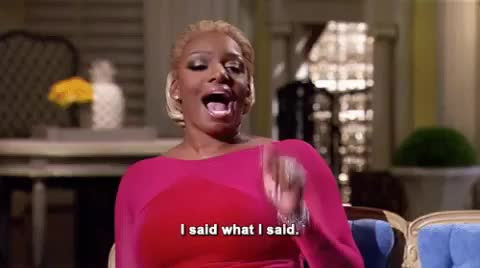Designing Your Best Assessment
- Kyra DeLoach
- Aug 16, 2024
- 2 min read
When building your assessment, you need to ensure it fits all the puzzle pieces. Whether you are required to do it, or it is something you want to get data for, it should be intentional, aligned, meaningful, and manageable.

Designing Your Best Assessment Created with Canva.com
When it comes to being intentional, it is the forefront of backward design. In Understanding by Design, Wiggins and McTighe discuss “focusing first on the desired learnings from which appropriate teachings will logically follow” (2005). Working with the end in mind is important and great advice when creating an assessment.
When creating your assessment it needs to be aligned. It is important to ensure that each piece flows together. A lot of times educators will focus on aligning results with state or district standards. I think that it should be more than that in Martone they say beyond just the alignment of standards and assessments, the instructional content delivered to students also needs to agree. When creating, you may need to change how you do things to ensure everything is aligned.
When making your assessment, it should be meaningful. If your learners think the content is important and relevant they will be more successful. Rust talks about how both authenticity and relevance should make activities meaningful to the student” This is something that I try to do not only in an assessment, but in my working life is trying to be authentic and let my students see me as who I am so hopefully they’ll show me who they are.
Lastly, make sure that your assessment is manageable. Not only for yourself when collecting data but also for your learners. A good rule of thumb is following SWBAT, which stands for ;students will be able to' when creating an assessment. I believe it’s important to be clear about what you expect from your students and if it is manageable within the time and the skill level.
In conclusion, every assessment will look different but if you make sure that all of your assessments follow these guidelines your best assessment will continue to grow and change for the needs of your learners. There’s not one solution to make your best assessment and the only way you will get there is by practicing reworking and trying.
References
Day, M. (2021). SWBAT Learning Objectives. Day Learning Design Blog. https://www.daylearningdesign.com/blog/swbat-learning-objectives
Martone, A., & Sireci, S. G. (2009). Evaluating Alignment Between Curriculum, Assessment, and Instruction. Review of Educational Research, 79(4), 1332-1361. https://doi-org.proxy1.cl.msu.edu/10.3102/0034654309341375
Rust, C. (2020). Meaningful assessment: What is it and why does it matter? Oxford Brookes University. Blog. https://teachinginsights.ocsld.org/meaningful-assessment-what-is-it-and-why-does-it-matter/
Wiggins, G., & McTighe, J. (2005). Understanding by design, (2nd Ed.). Association for Supervision and Curriculum Development







Comments